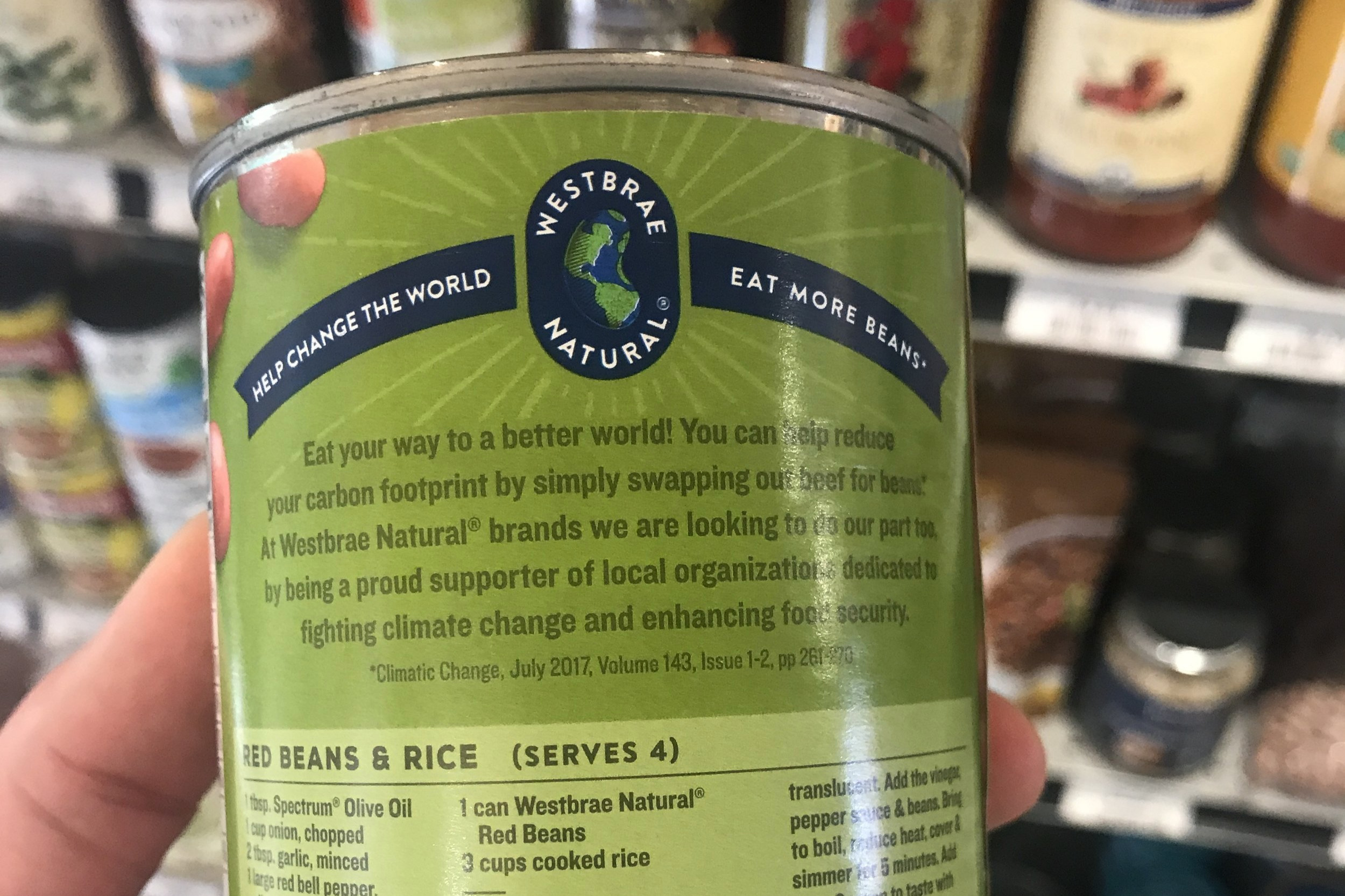Differentiated Brand Positioning
One of the most valuable tools I use today when working with brands is positioning. It continually proves itself as a foundational element in creating branded marketing communication because it challenges assumptions and forces hard choices. In a word, positioning creates strategy.
Positioning, the choice about a brand’s target audience, competitive advantage and benefit to the consumer, is informed by a variety of inputs. What’s happening in the market? Who is buying the kind of product you’re selling? How is it culturally relevant? How is it used? What benefit do consumers get and feel? Collecting available data and gathering insights creates a picture about how a brand fits into a particular consumer’s consideration set and the opportunities to differentiate from competitors.
As a food trend observer and strategist for a number of food brands, I spend a lot of time thinking about this category and how brands position themselves meaningfully. With a bevy of new brands and product launches at this year’s Expo West and Fancy Food Show, there was no shortage of stand-outs. Five brands in particular caught my attention for the ways in which they used insights to create compelling positioning.
Market Insight: Sometimes a brand’s competitor isn’t sitting right next to it. Take Westbrae Natural Beans, who is targeting the beef industry rather than other bean brands. As consumers are buying more plant-based products, beans have a compelling narrative for consumers given its texture and nutritional profile. By encouraging consumers to eat their way to a better world, specifically by reducing their carbon footprint when they swap out beef for beans, they position themselves as the bean brand of choice for responsible citizens of the earth.
Cultural Insight: Between the anti-straw movement and food waste PSAs this past year, waste is on the minds of many consumers – specifically how to create less or none of it. And the sustainability conversations are moving there, too, with the introduction of the fourth R (Reduce, reuse, recycle, and now recovery – to gather the materials from waste) and circular economy. Scraps Pizza is a food start up using imperfect produce for its pizza toppings that capitalizes on this popular cultural sentiment and differentiates itself in a saturated category.
Future Insight: Consumers are increasingly consuming vitamins, minerals and supplements (VMS) and with projected growth, is an appetizing opportunity for food brands. While gaining traction as an included ingredient, food brands treat VMS as an additive or star ingredient rather than the basis for a compelling product offering. Radiant, however, is flipping the equation. A beauty food first and foremost, it just happens to be ice cream. This positioning centers the brand around a clear consumer benefit versus a functional one.
Product Insight: Listening to parents of infants talk about peanut butter and possible allergies would put even the most loyal peanut butter fans on edge. Until recently, parents were told to not give peanut butter to kids under the age of one for fear of creating a food allergy, but now say early introduction is the way to avoid it. Mewe Nut Butter takes the challenging conversation head-on and positions itself as the brand that “introduces peanuts to your lil’ peanut.” In doing so, the brand provides a resource to nervous parents and differentiates from a multitude of peanut butter competitors.
Usage Insight: By tapping into how consumers use a similar ingredient to theirs, Yolele was able to create a compelling positioning for its fonio product. Cous cous enjoys much higher awareness than the ancient grain fonio but because of its wheat property, cous cous is excluded from Keto and grain-free diets. By showing up as a similar product to cous cous, fonio is able to help consumers quickly understand fonio’s texture and versatility and promote relevant consumer claims.
With so many choices available to consumers, positioning can be used to stand out and differentiate from competitors. By probing your product, asking questions, and exploring many insights – not just one – brands can disrupt expectations and carve out unexpected spaces in consumers’ lives.





